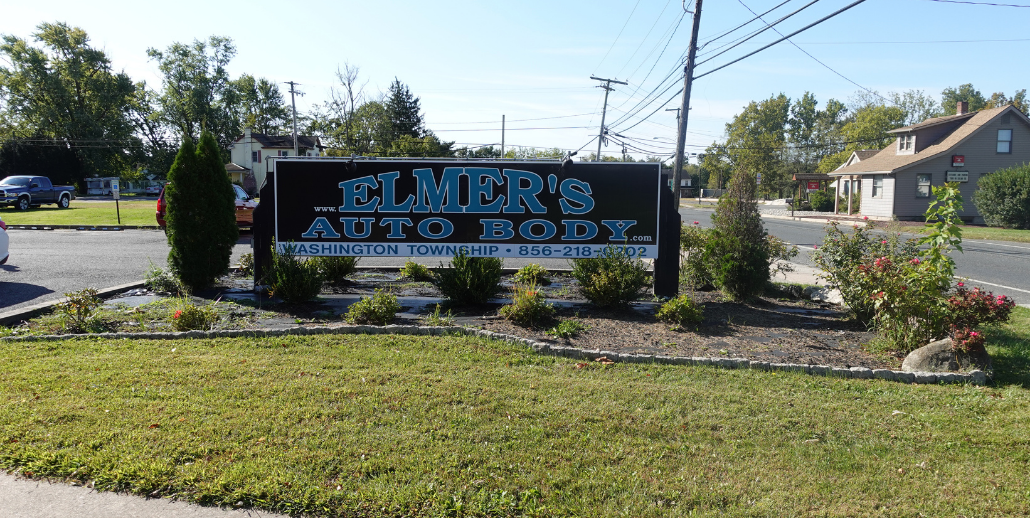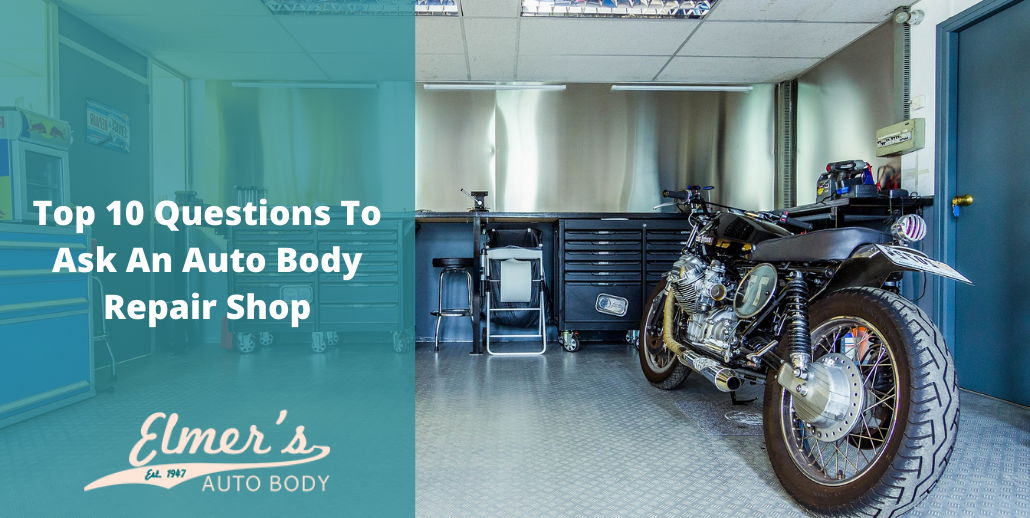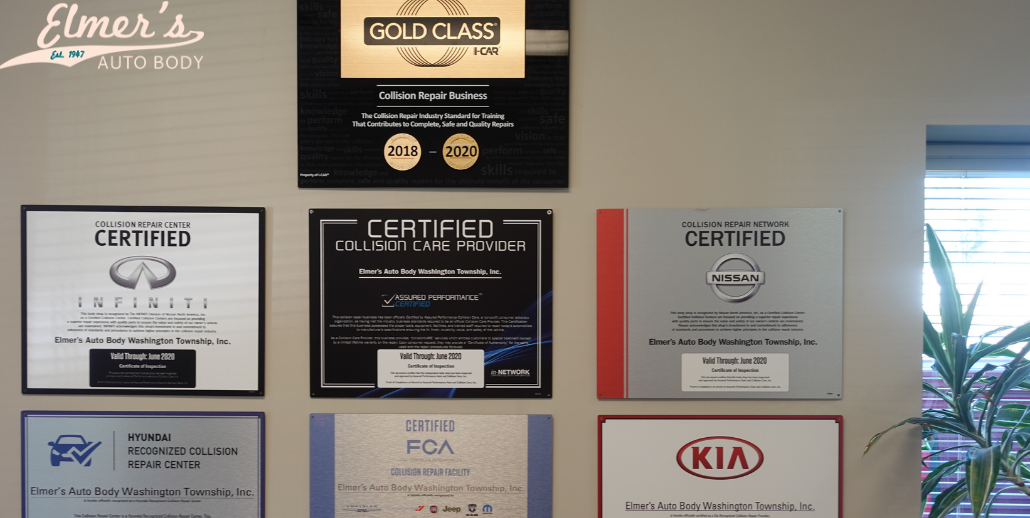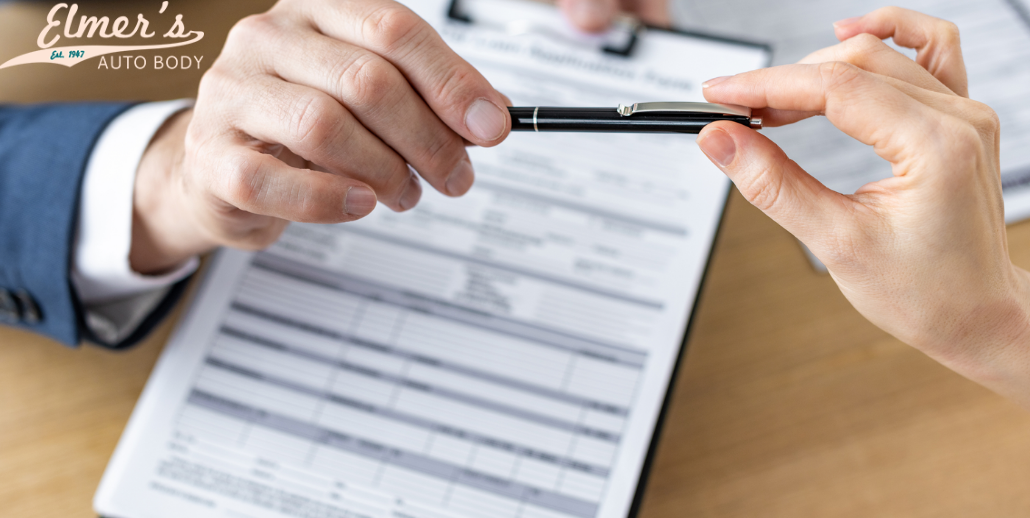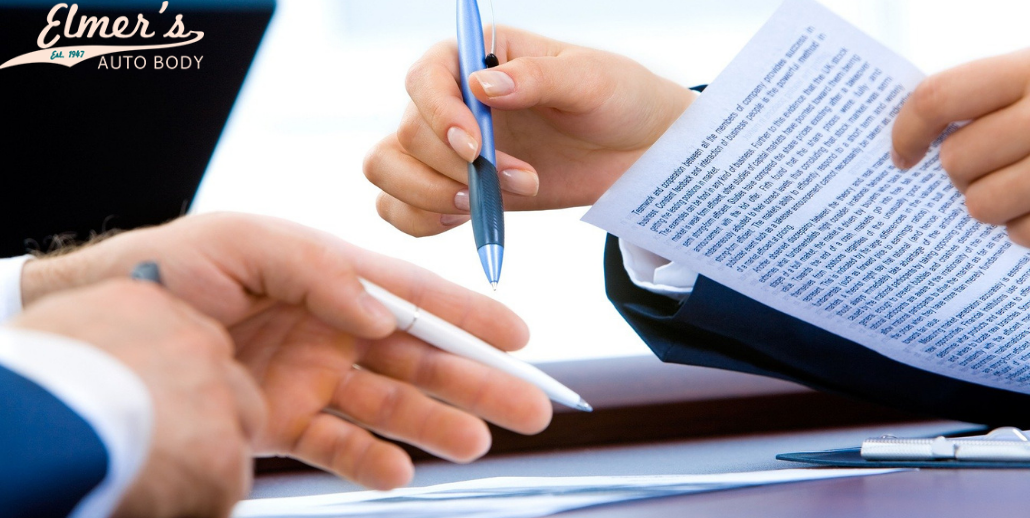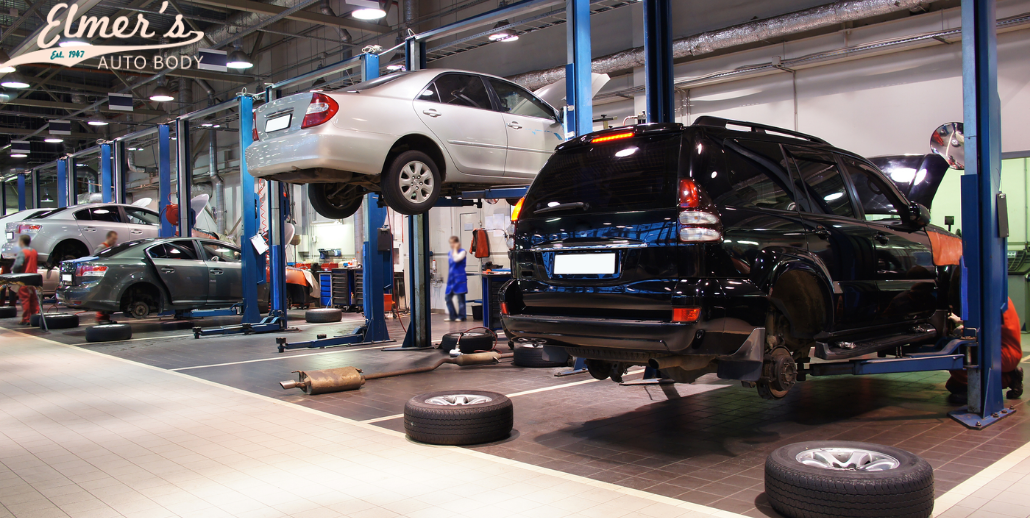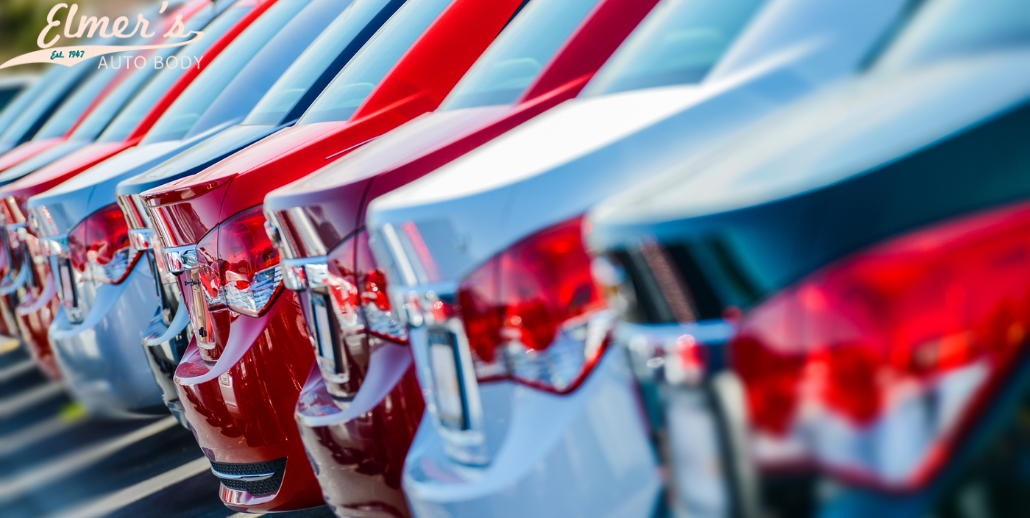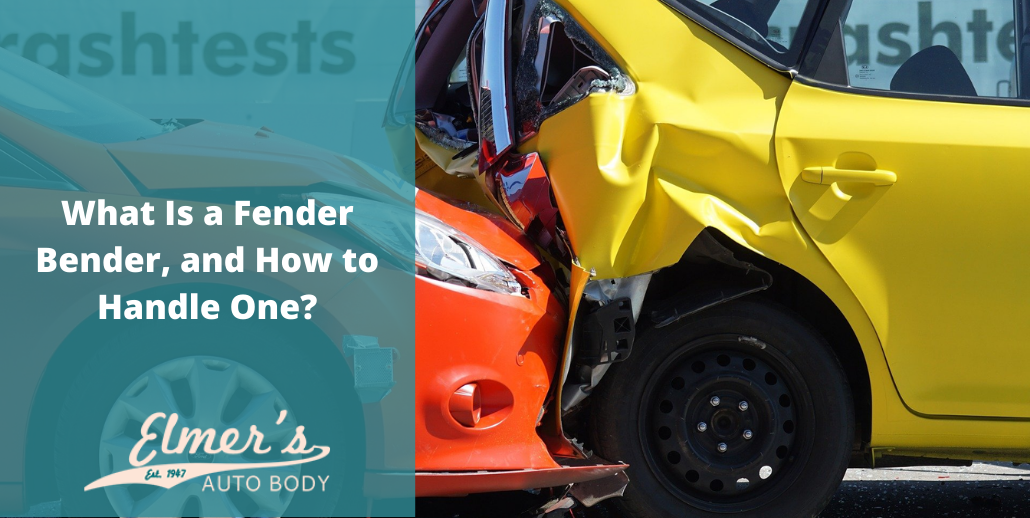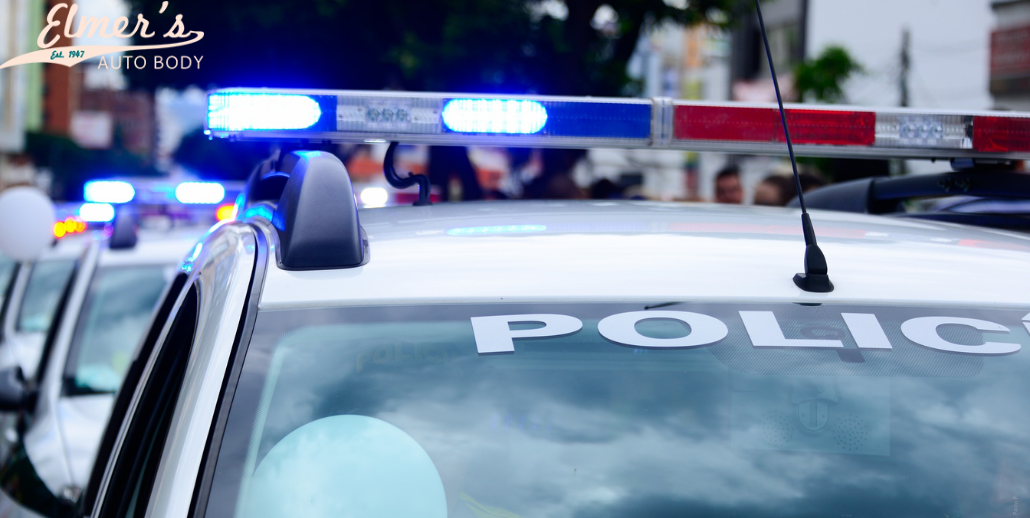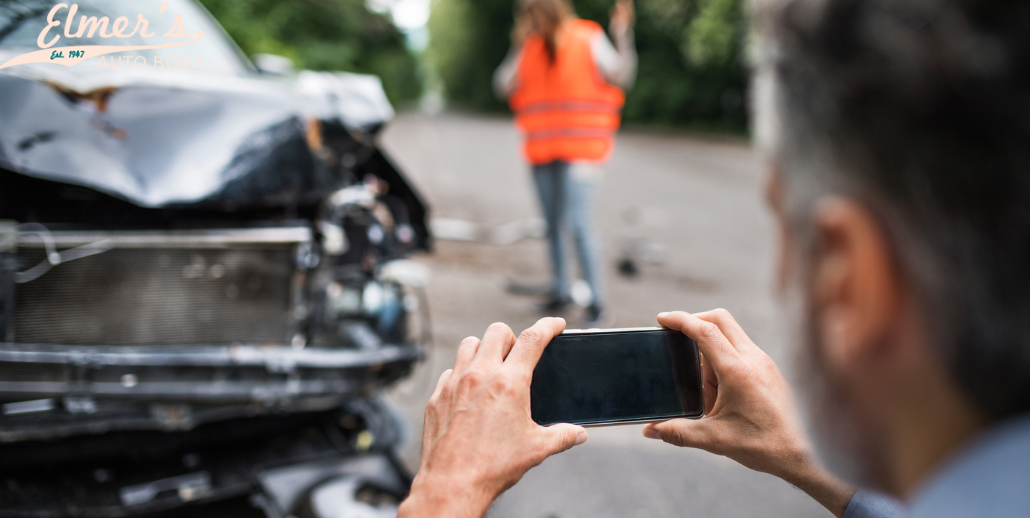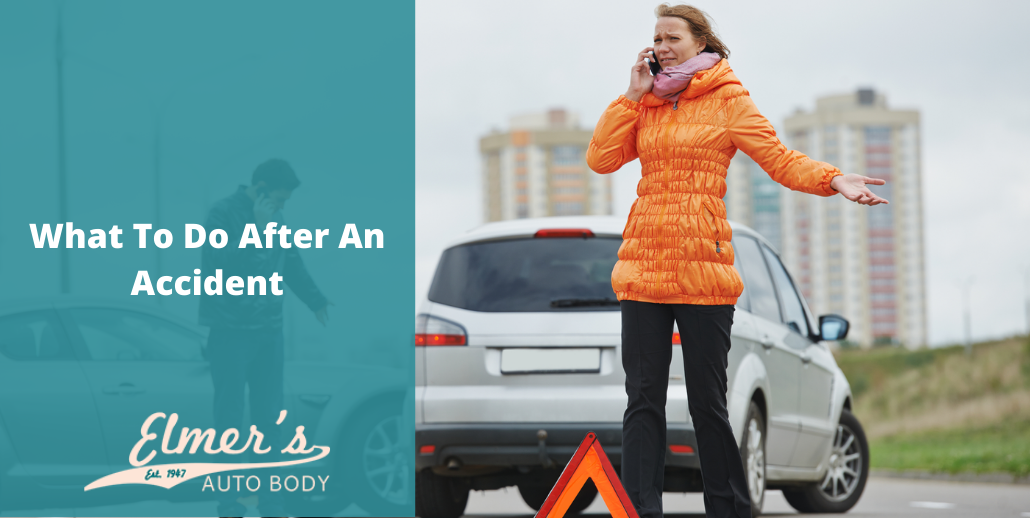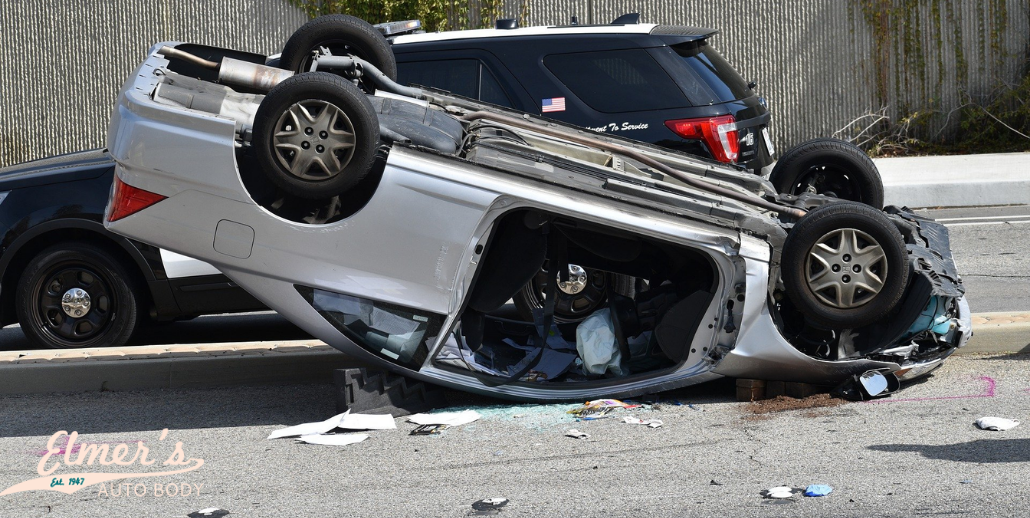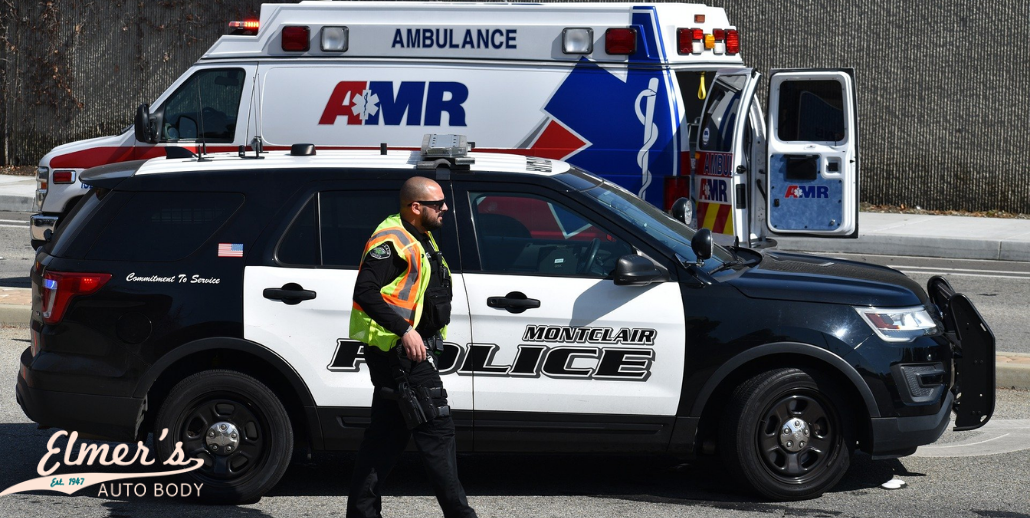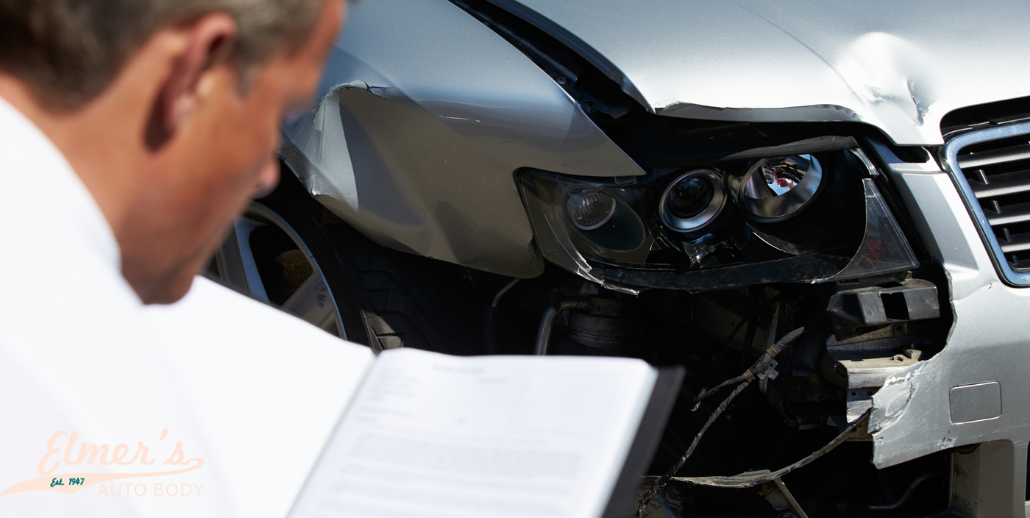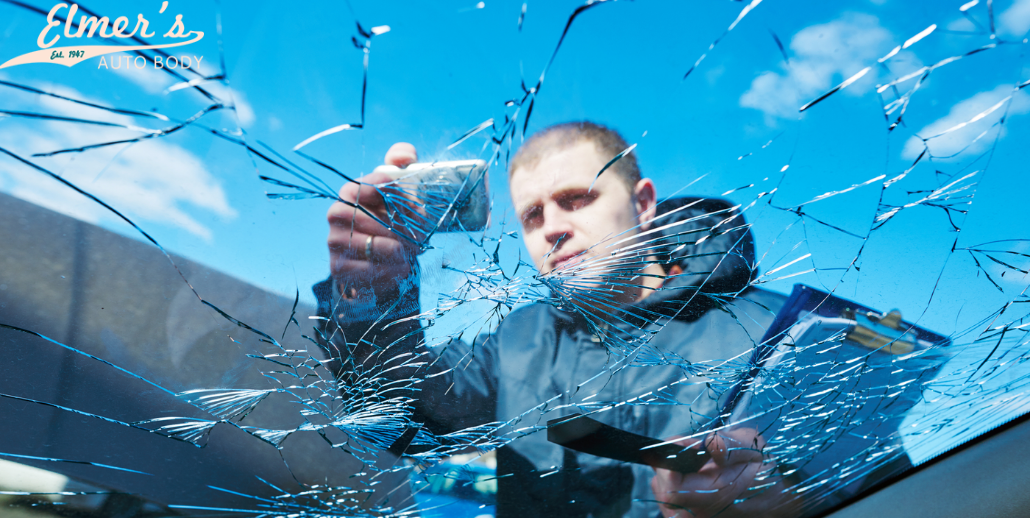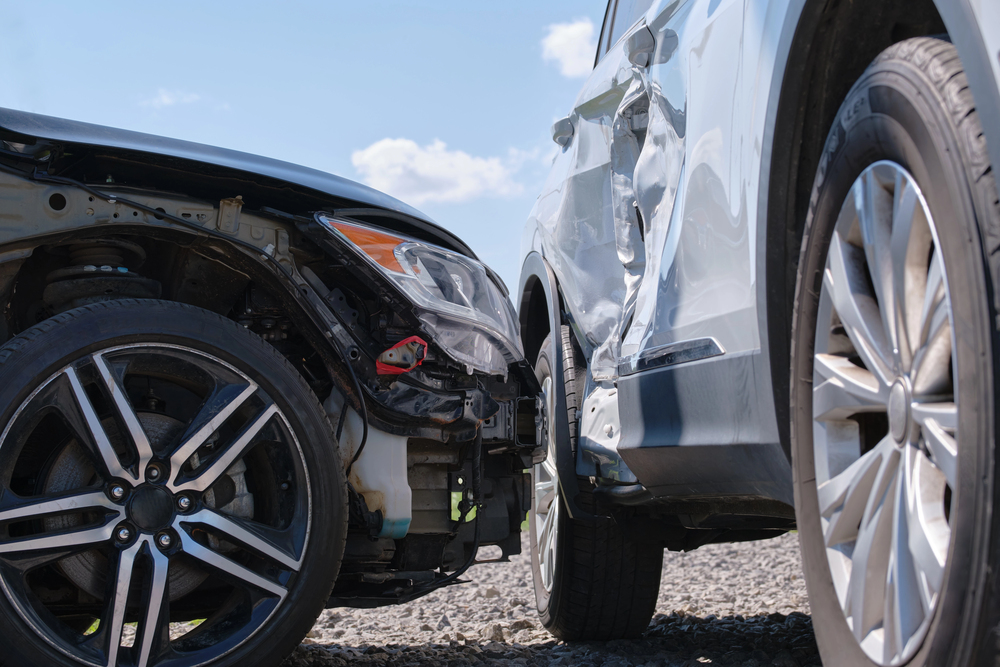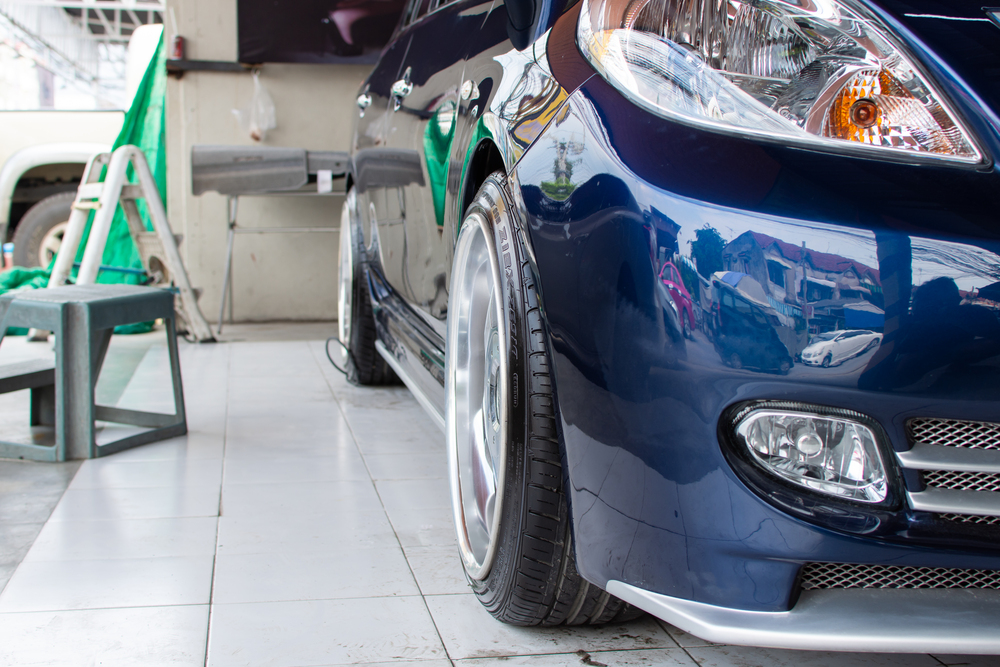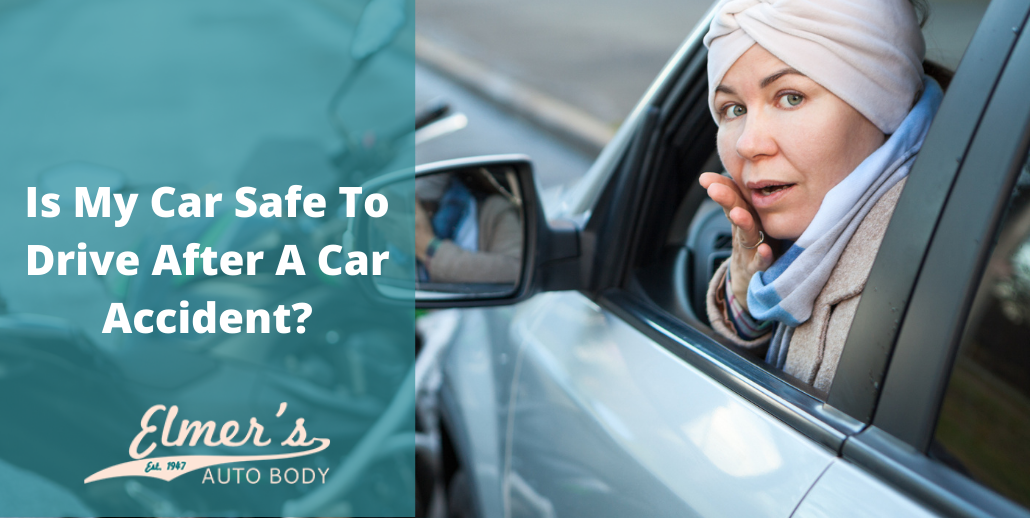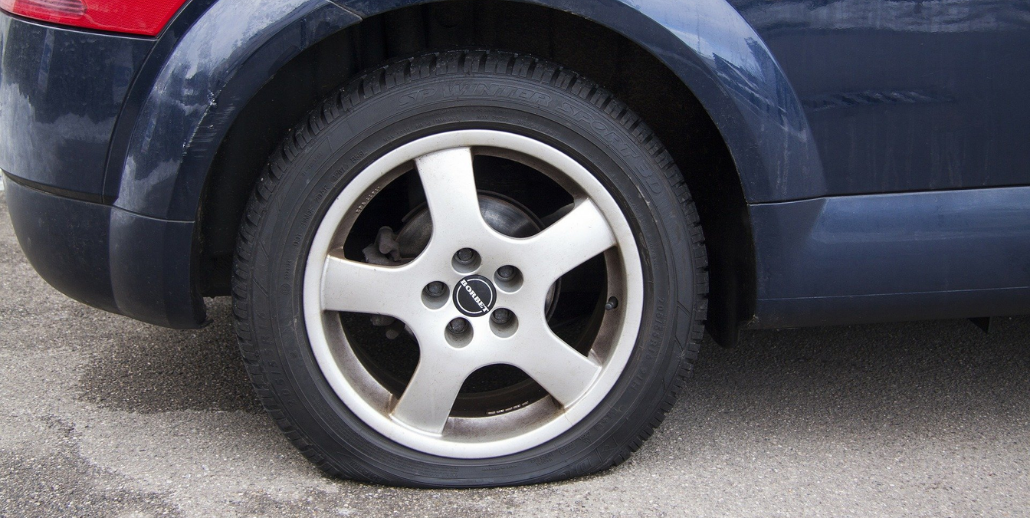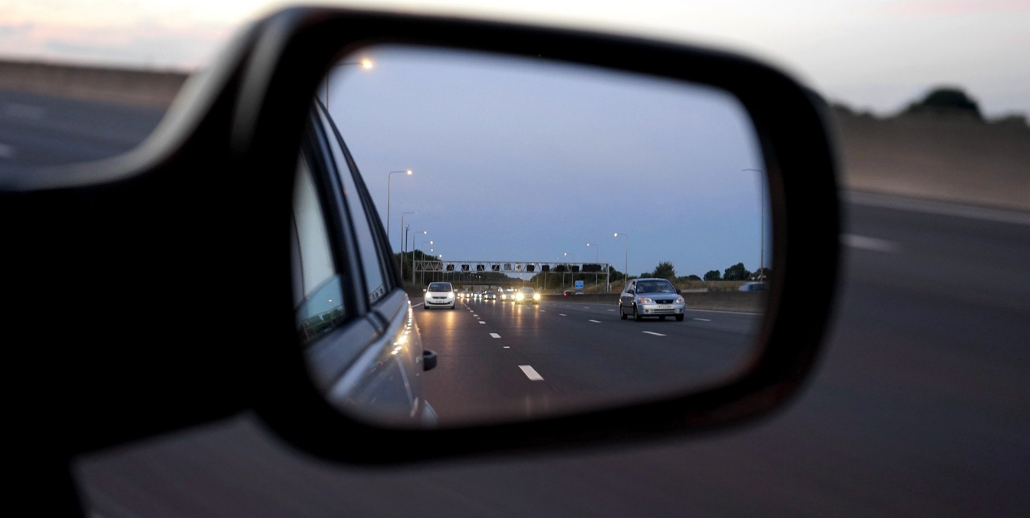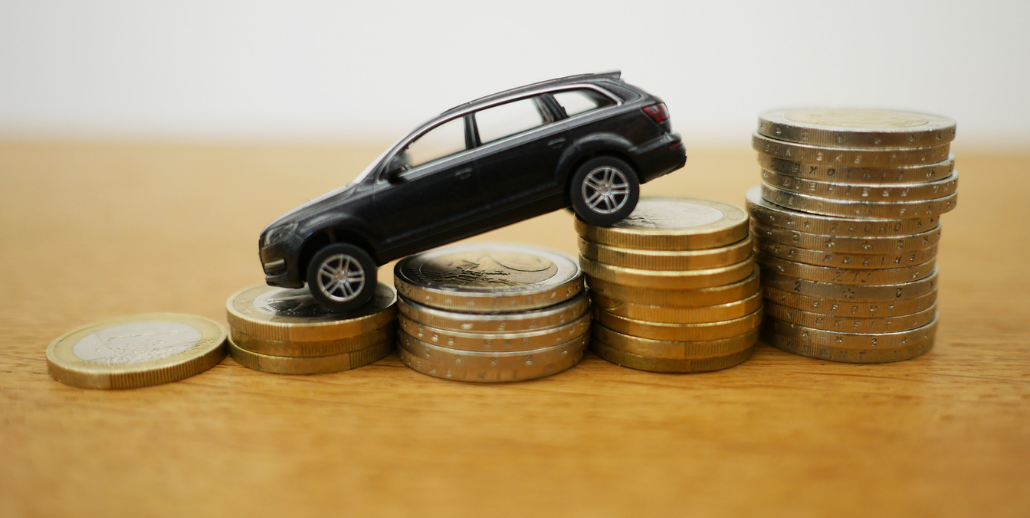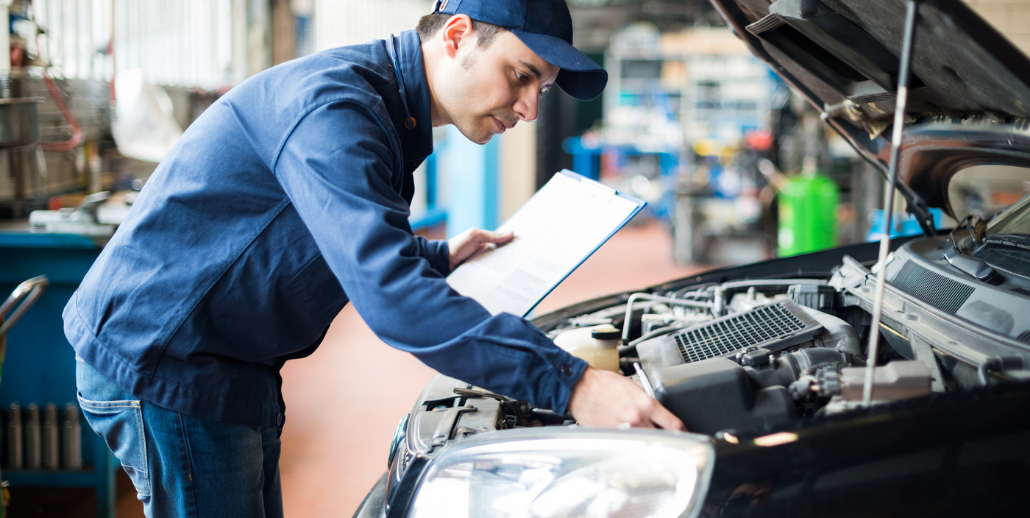After your vehicle has been damaged in an accident, you want to get it repaired as soon as possible. Finding a high-quality auto body shop should be your top priority. By asking a few questions, you can choose the right shop with all the qualifications to work on your specific vehicle.
Start Your Search
Online reviews can be a useful resource, but these blurbs don’t answer all your questions. There are times when you have a specific concern or need to find out more about the shop’s services. Here are the top 10 questions you need to ask your auto body repair shop.
1 – What Are Your Certifications?
You want to make sure that your shop can handle the job. Certifications assure you that the shop and its technicians are qualified to work on your vehicle. You should look for I-CAR and Assured Performance certifications. These designations mean that the shop has the skills to complete a safe and high-quality repair. All auto body shops will be proud of their credentials, and they will showcase them at the shop.
2 – Do You Have Experience With My Specific Make And Model?
Whether you own a foreign or domestic model, you want to know that the auto body shop has the experience to fix your vehicle. Many shops are certified by specific car manufacturers. With these certifications, you know that they have the training and expertise to repair your vehicle.
3 – Will You Work With My Insurance?
When your vehicle has been damaged, you have to contact your insurance company to fix it. You should choose an auto body shop that has a working relationship with your insurance. In many cases, they can help expedite your claim and make the process easier for you.
4 – What Is The Payment Policy?
Most shops have their payment policies posted for the customers to view. These shops outline their policies regarding the materials, labor rates, warranty information, guarantees, and accepted forms of payment. If you don’t see any of this information listed, you need to ask the shop about their specific policies.
5 – Are All The Repairs In Writing?
When you take your vehicle in for a repair, you will receive a written estimate. You should not have work done unless you get an estimate. This piece of paper protects you from any unscrupulous body shops. All professional repair shops put everything in writing and explain the repairs to you. After the work is complete, you will get an itemized bill. If there are discrepancies, you can ask for an explanation from the shop. However, the shop must notify you if the actual work will cost more than the estimate.
6 – What Type Of Warranty?
Many reputable shops will back up their parts, labor, and other services with a warranty. You do need to find out what the warranty will cover. In some cases, the warranty might only be valid for a certain amount of time. You want to know that if anything goes wrong with the repair, the shop will take some responsibility.
7 – Is My Car Covered In The Shop?
Since you will be leaving your vehicle in the shop, you need to know it is protected from accidents. Many auto body shops carry theft and fire insurance. If the car is destroyed, stolen, damaged, or burglarized, does the shop have insurance for those specific calamities? You can verify the auto body shop’s insurance policies. As the vehicle is getting repaired, you must keep paying your insurance premiums. You want to keep your car protected even if you are not driving it for a few days or weeks.
8 – What Is The Estimated Repair Time?
Before you bring in your vehicle, you want to know about the amount of time allocated for the repairs. This answer depends on many factors. The extent of the damage to the vehicle, the auto shop’s schedule, and the availability of parts all play a role in determining your repair time. If your car needs a simple fix, you might be a few days without your vehicle. However, vehicles with severe damage could spend one to several weeks in the shop. You should also know that there can be delays in the repair process. Make sure to plan for all scenarios so that you are not stuck without any transportation.
9 – Does The Auto Body Shop Provide Rentals Or Loaner Vehicles?
Everyone depends on a vehicle to get them around town. When you don’t have a car, it can be a major inconvenience. For the most part, you will need a rental vehicle. Some auto body repair shops have a rental car facility near their building. They might even offer a special rate from the local rental companies in the area. In a few cases, the auto body shop has some courtesy cars for their customers. Most shops understand that you need a vehicle for the duration of the repair process. They will work with you to get a rental so that you are not stranded at the shop.
10 – Will The Paint Match The Rest Of The Car?
Now that you’ve found the right auto body repair shop, you want to know about the quality of work. Most repairs require new paint on the vehicle’s surface. You want to make sure it matches the rest of the car. Professional repair shops use a paint code that is an exact match for your vehicle. However, you can always find out the specific process from your auto body shop.
With these few questions, you can find the right auto body repair shop to fix your vehicle.
Find An Auto Body Shop Near Me
If you want a professional repair for your vehicle, make sure to reach out to Elmer’s Auto Body. We have the experience to fix your car and get it back to its original condition. Our team is trained and certified to work on many different makes and models. You can schedule a consultation by calling the shop at (856) 218-0202.
